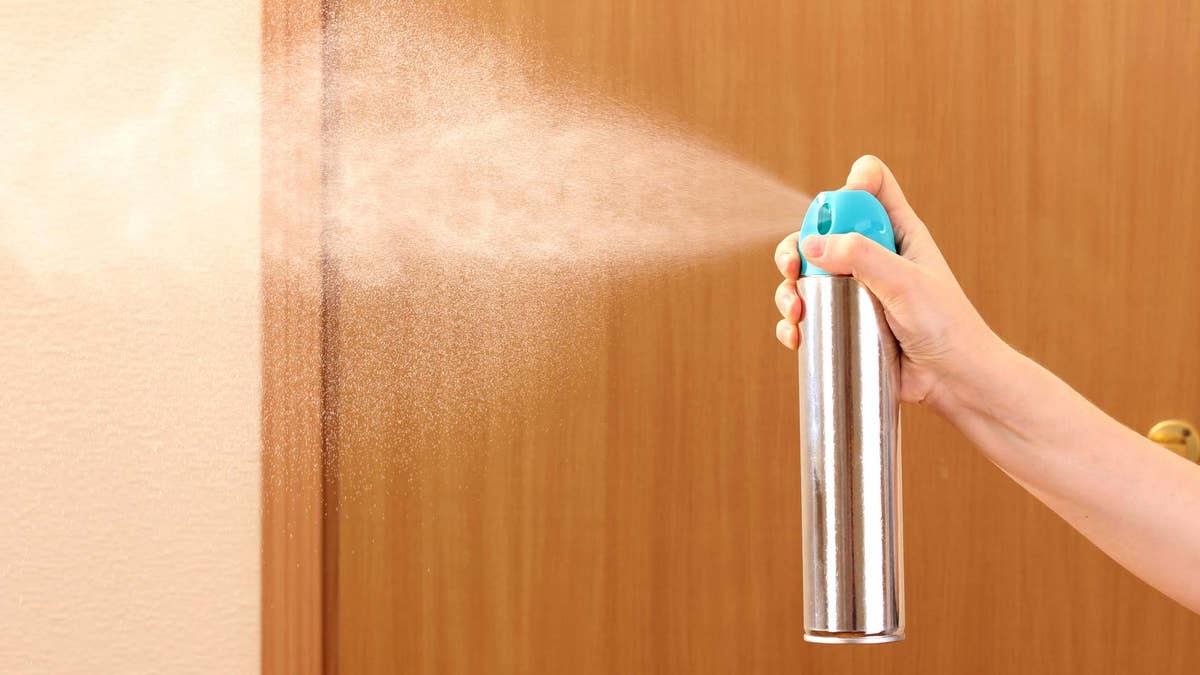
Indoor Air Pollutants That Could Be Slowly Killing You (belchonock)
You may know how to clean plenty of things around the house, but do you know how to clean air? As odd as that sounds, it may be essential to your health: Indoor air pollution is a chronic but underrated problem hiding within our homes.
"It can increase your risk of cancer, lung disease, and asthma," says Max Sherman, a senior scientist at the Lawrence Berkeley National Laboratory, a Department of Energy lab managed by the University of California.
The problem is, no one knows exactly who is vulnerable to indoor air pollutants and at what concentrations. So just to be safe, the U.S. Environmental Protection Agency recommends homeowners try to improve the air quality in their home even if symptoms aren't noticeable.
Check out this hit list of some top indoor air pollutants, plus how to clear the air so you can breathe a little bit easier.
Furniture, flooring, and air fresheners
Over the past 50 years, we've become more aware of the chemicals, particularly formaldehyde, found in the glues and solvents used to produce composite wood products (e.g., laminate flooring) we proudly install and display in our home. The EPA says certain levels of exposure to formaldehyde can cause eye, nose, and throat irritation; asthma; and neurological impairment. Over time, they can increase the risk of developing some types of cancer.
Sherman says manufacturers have gotten better at reducing the amount of formaldehyde these wood products emit. But, there's still a lot of disagreement about how much formaldehyde is acceptable, and how much fresh air you need to dilute the impact of the chemical.
Formaldehyde isn't the only chemical of concern. Many household products emit chemical contaminants called volatile organic compounds, or VOCs, that have been linked to cancer and liver, kidney, and central nervous system damage.
Some of the most common VOC sources follow:
- Caulks
- Adhesives
- Carpeting
- Fabric materials and furnishings
- Air fresheners
- Perfumes and shampoos
When buying furniture or rugs, try to snag a floor sample that already has emitted gasses. If you buy, say, a new couch, let it off-gas outside for a few hours if possible until that "new couch smell" has faded somewhat. Run your HVAC system fan to keep fresh air circulating and reduce the concentration of VOCs in your home. Store laundry products and cleaning agents in a well-ventilated area or in the garage. Instead of spraying air fresheners, which are merely nice-smelling VOCs, remove the source of the stink and open windows to dilute the smell.